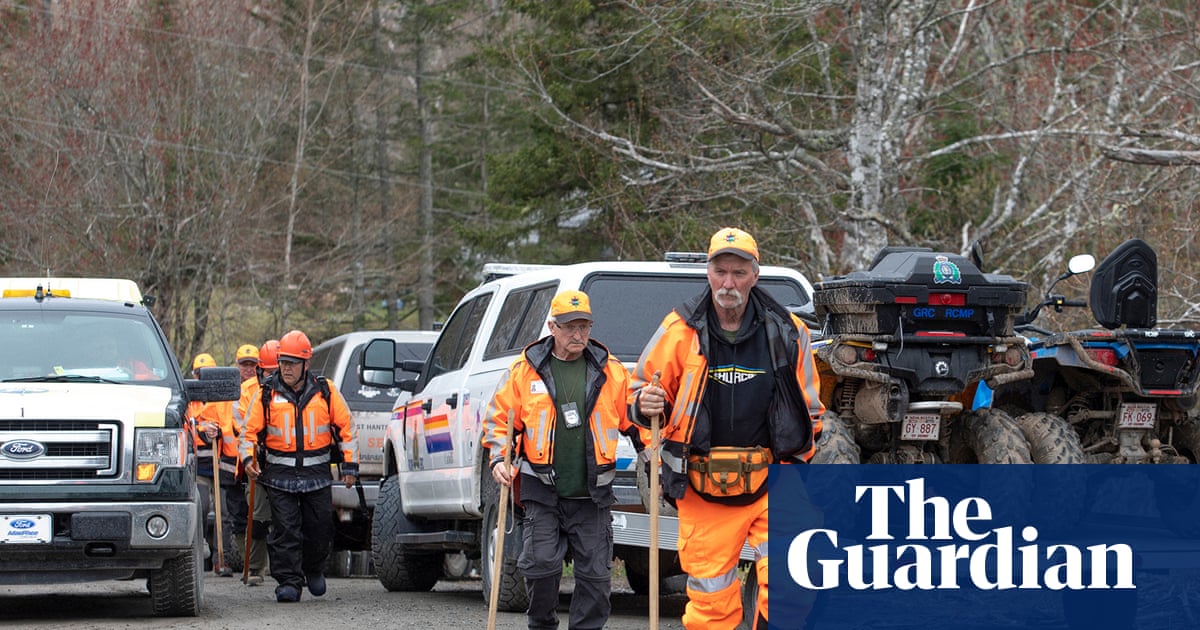Nearly a week after two young children went missing in rural Nova Scotia,Canadianpolice say they are beginning to scale back search efforts given the “low” odds the children are still alive – and that they are not ruling out the possibility of foul play.
Since Friday, more than 160 searchers with drones and canine units have scoured the thickly forested region of Pictou county in search of Lily Sullivan, six, and Jack Sullivan, four.
The siblings were reported missing on 2 May, when police received a frantic phone call from the family.
Their mother, Malehya Brooks-Murray, and stepfather, Daniel Martell, have told local media they were sleeping with their 16-month-old baby on Friday morning as the older children played in the house. But when they awoke later in the morning, the two children were gone.
The Royal Canadian Mounted Police (RCMP) proceeded under the belief the children, members of the Mi’kmaq First Nation community of Sipekne’katik, wandered off from their home and probably entered a heavily forested area.
Speaking to the media on Tuesday, Staff Sgt Curtis MacKinnon said that dozens of searchers were being ordered to stand down and confirmed that the RCMP’s major crime unit had been involved in the investigation since 3 May.
MacKinnon said all missing persons files “are treated as suspicious until our investigation leads us to determine otherwise”.
He said teams were left with fewer areas to search after after combing through kilometres of unforgiving terrain. “We’re not packing up and we’re not giving up.”
The disappearance of the children has shaken both the province and the country. And despite a boot print that pushed search teams in one direction, police said there is very little evidence suggesting the children are in the forest.
“I want to assure you that our missing persons investigation continues,” MacKinnon said.
“Many of us have children of our own and want nothing more than to reunite Lily and Jack with their loved ones.”
Sgt Robert McCamon said that hopes have dimmed, given the poor weather and length of time the children have been missing.
“The likelihood they’re alive right now is very low,” he said.
The Globe and Mail reported that Martell was interviewed by police for four hours, as they requested he walk them through both the day of the children’s disappearance and the days leading up to the incident.
He also told police the children had not been in school in the days prior to their disappearance.
“My story has been consistent. When you tell the truth it’s always consistent,” he told the Globe.
He told CTV Atlantic that he had been conducting his own search since the children went missing.
“Hardly any evidence at all since the first day. It’s mind-boggling that nothing else was found,” he said.
